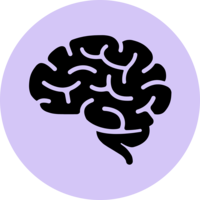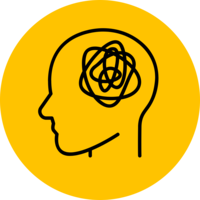Children at High and Low Risk for Depression study
The Children at High and Low Risk for Depression study aimed to examine the likelihood of depression in children based on their parents' and grandparents' mental health history. In 1982, the study recruited participants from the Yale Family Study of Depression who were adults with children aged between 6 and 17 years old, and who received treatment for depression at a Yale outpatient clinic between 1968 and 1977 in the United States. These participants were designated as Generation 1 participants. The children of Generation 1 participants were also recruited into the study at baseline and designated as Generation 2 participants. In 1992, the study expanded to include the children of Generation 2 participants, who were designated as Generation 3 participants. In total, 148 Generation 1 participants, 220 Generation 2 participants, and 90 Generation 3 participants took part in the study. All participants completed up to six waves of data collection, depending on their generation.
Study design
Cohort - intergenerational, Cohort
Number of participants at first data collection
148 (Generation 1 participants)
220 (Generation 2 participants)
90 (Generation 3 participants)
Age at first data collection
Varied (Generation 1 participants)
6 - 17 years (Generation 2 participants)
Varied (Generation 3 participants)
Participant year of birth
Varied (Generation 1 participants)
Varied (Generation 2 participants)
Varied (Generation 3 participants)
Participant sex
All
Representative sample at baseline?
No
Sample features
Country
Year of first data collection
1982
Primary Institutions
New York State Psychiatric Institute
Research Foundation for Mental Hygiene, Inc (RFMH)
Profile paper DOI
Funders
National Institute of Mental Health (NIMH)
Ongoing?
No
Data types collected


- Computer, paper or task testing (e.g. cognitive testing, theory of mind doll task, attention computer tasks)
- Interview – face-to-face
- Physical or biological assessment (e.g. blood, saliva, gait, grip strength, anthropometry)
- None
- Diffusion Tensor Imaging (DTI)
- Electroencephalography (EEG)
- Magnetic Resonance Imaging (MRI)
- Magnetic Resonance Spectroscopy (MRS)
- None
Engagement
Keywords



